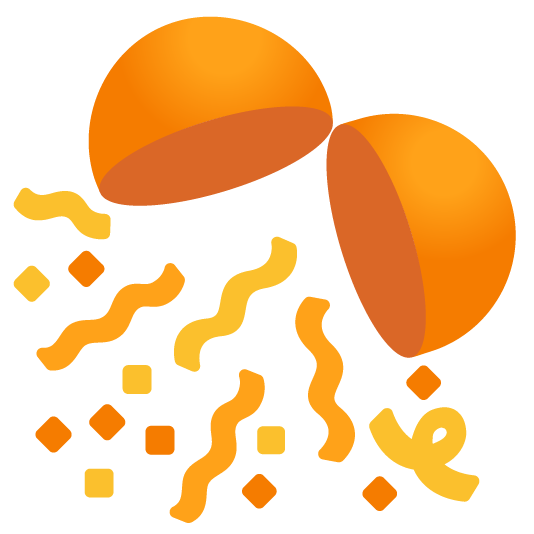Rajasthan Public Service Commission (RPSC) has announced Recruitment of 918 Assistant Professors. Geography 48 Post

Rajasthan Public Service Commission (RPSC) has announced Recruitment of 918 Assistant Professors. These posts will be appointed in various colleges in Rajasthan as per Rajasthan Education Services (College Education) Rules 1986.
Total Vacant Posts: The total number of vacant posts are 918 across 31 subjects.
Selection Procedure: The Scheme of competitive examination shall consist of: (i) Written examination; and (ii) Interview . The Written Test will carry 200 Marks while Interview will carry 24 Marks.
Key Dates: The online application window will open on 09 November 2020. The closing date for submission of online application is 08 December 2020 (Till 12:00 Night).
Name of Subjects No of Posts
Botany 33
Chemistry 40
Mathematics 34
Physics 35
Zoology 30
Accountancy And Business Statistics (ABST) 82
Business Administration 127
EAFM (Economic Administration and Financial Management (EAFM) 56
Textile Dying & Painting 1
Geology 8
Law 8
Drawing & Painting 10
Economics 47
English 55
Geography 48
Hindi 66
History 50
Sociology 42
Music (Vocal) 3
Philosophy 2
Political Science 57
Public Administration 6
Sanskrit 39
Urdu 5
Home Science (Food Nuitition) 5
Home Science
(Education
Extension) 8
Home Science
(Home
Management) 7
Home Science
(Child
Development) 5
Home Science
(Clothing
Textile) 6
Agriculture
(Antomology) 1
Punjabi 2
Total Posts 918
For exact eligibility criteria, how to apply and other details, candidates should refer Advertisement Uploaded on the official of website of Rajasthan Public Service Commission (RPSC).
Vineesh V
Assistant Professor of Geography,
Directorate of Education,
Government of Kerala.
http://geogisgeo.blogspot.com
Assistant Professor of Geography,
Directorate of Education,
Government of Kerala.
http://geogisgeo.blogspot.com
Comments
Post a Comment